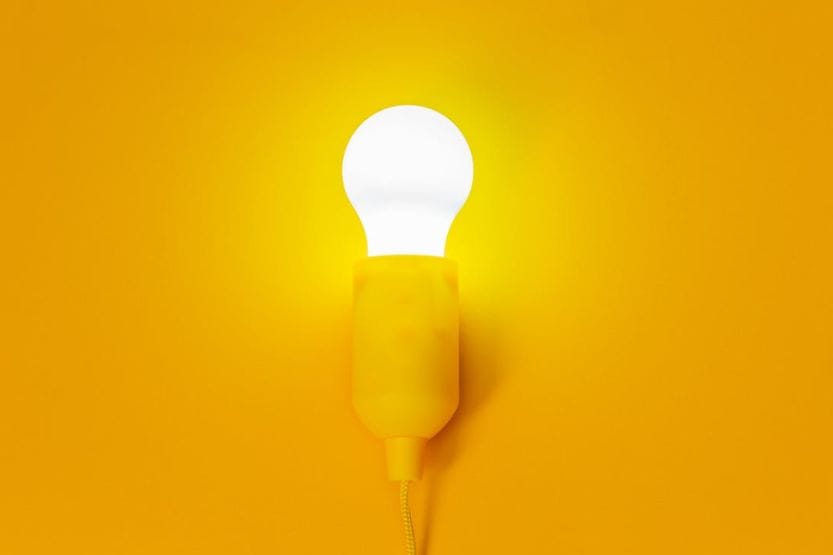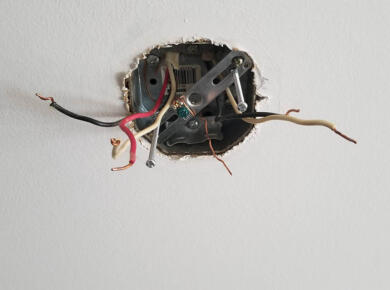How Bright Are Different Lumens? A Comprehensive Guide
If you’ve ever wondered about the brightness of different lumens, you’re not alone.
Lumens are an essential measure of light bulb brightness, and understanding how they work can help you find the right bulb for your needs.
In this comprehensive guide, we’ll explore what lumens are, how they compare to watts, how many lumens you need for various applications, and much more. Let’s dive in!
What Are Lumens?

Lumens are a unit of measurement for visible light emitted by a source.
They represent the total amount of light emitted by a lamp or other light source and are visible to the human eye.
In simple terms, the higher the lumen rating, the brighter the light will be.
In the past, people used to rely on wattage to determine the brightness of a bulb.
However, with the advent of energy-efficient lighting technologies like CFL and LED, watts are no longer a reliable indicator of brightness.
Lumens provide a more accurate measure of light output.
To give you a better understanding, let’s look at a comparison of lumens to watts for different types of lamps:
| Brightness in Lumens | CFL | LED | Incandescent | Halogen |
|---|---|---|---|---|
| More than 220 | 6W | 4W | 25W | 18W |
| More than 400 | 9W | 6W | 40W | 28W |
| More than 700 | 12W | 10W | 60W | 42W |
| More than 900 | 15W | 13W | 75W | 53W |
| More than 1300 | 20W | 18W | 100W | 70W |
Please note that these values are approximate and may vary depending on the specific bulb or lamp.
Now, let’s explore how many lumens you need for different applications.
How Many Lumens Do You Need?

The number of lumens you need depends on the specific task or application. Here are some common scenarios and the recommended lumen ranges:
1. Portable Work Lights
If you’re looking for a work light, you’ll want something that provides enough brightness to see what you’re doing without being too bright.
The optimal lumen output for portable work lights is between 250 and 600, with 500 lumens being the sweet spot.
Some portable work lights are adjustable, making them ideal for various situations.
When using standing work lights, having 3000 to 10000 lumens provides the most versatility.
2. Reading
For reading lamps, you’ll want enough brightness to see the pages clearly. A range of 450 lumens or 40 watts is suitable for most reading and writing activities.
Adjustable reading lights allow you to change the direction and angle of the beam, ensuring comfortable reading.
3. Delicate Tasks
When working with small pieces or undertaking delicate tasks like heavy-duty drafting, you’ll need around 800-1100 lumens or 60-75 watts.
This level of brightness ensures precision and clarity.
4. Outdoor Lighting
Outdoor lighting requirements vary depending on the specific application.
For security lights, a brightness level of 4000 lumens is suitable as it can effectively illuminate a large area.
For landscape lighting, 3000 lumens is often recommended for enhancing security while highlighting architectural features and landscaping.
Smaller outdoor lights, like flashlights or bike headlights, typically range from 200-900 lumens depending on the intended use.
5. Indoor Room Lighting
The brightness required for indoor room lighting depends on the size of the room and personal preferences.
A good starting point for an average-sized room is around 1000 lumens.
This provides sufficient illumination for general tasks like watching TV, working on a computer, or reading.
However, for larger rooms or areas with higher ceilings, you may need multiple bulbs or lamps with a total lumen output between 1000 and 2000.
What Does a Red Porch Light Represent?
A red porch light is often associated with various meanings, depending on the context and cultural significance.
In some communities, a red porch light might indicate support for firefighters or emergency responders.
It can also serve as a symbol of solidarity during specific events or campaigns, such as raising awareness for specific causes.
However, it’s important to note that the meaning of a red porch light can vary, and it’s always best to research the specific symbolism in your community or region.
Frequently Asked Questions – Brightness of Different Lumens
Q: How Many Lumens Is Considered Bright?
A: Generally, 100 lumens provide enough lighting for sidewalks or walkways, even in commercial areas. It’s roughly comparable to a 20-watt bulb.
Q: Is 4000 Lumens Bright?
A: Yes, 4000 lumens is considered bright and is often used as a security light to illuminate large areas effectively.
Q: Is 3000 Lumens Bright?
A: Yes, 3000 lumens is bright and commonly used for outdoor lighting to enhance security and highlight architectural features.
Q: Is 2000 Lumens Bright?
A: Yes, an LED with a lumen rating of 2000 is a very bright light source. However, it may be too harsh for indoor room lighting.
Q: Is 1000 Lumens Bright?
A: Yes, 1000 lumens is often used for reflectors and specific outdoor settings covering 200+ meters or more.
Conclusion
Understanding the brightness of different lumens is essential when choosing the right light bulb for your needs.
Lumens provide a more accurate measure of light output compared to traditional wattage. By considering the specific task or application, you can determine the optimal lumen range for optimal illumination.
Remember, the brightness you need depends on the specific task, room size, and personal preferences.
Whether it’s for portable work lights, reading lamps, or outdoor lighting, choosing the right lumens ensures the perfect balance of brightness and comfort.
So, next time you’re shopping for light bulbs, make sure to consider lumens alongside other factors like color temperature and energy efficiency.
With this knowledge, you’ll be able to find the perfect lighting solution for any situation.





